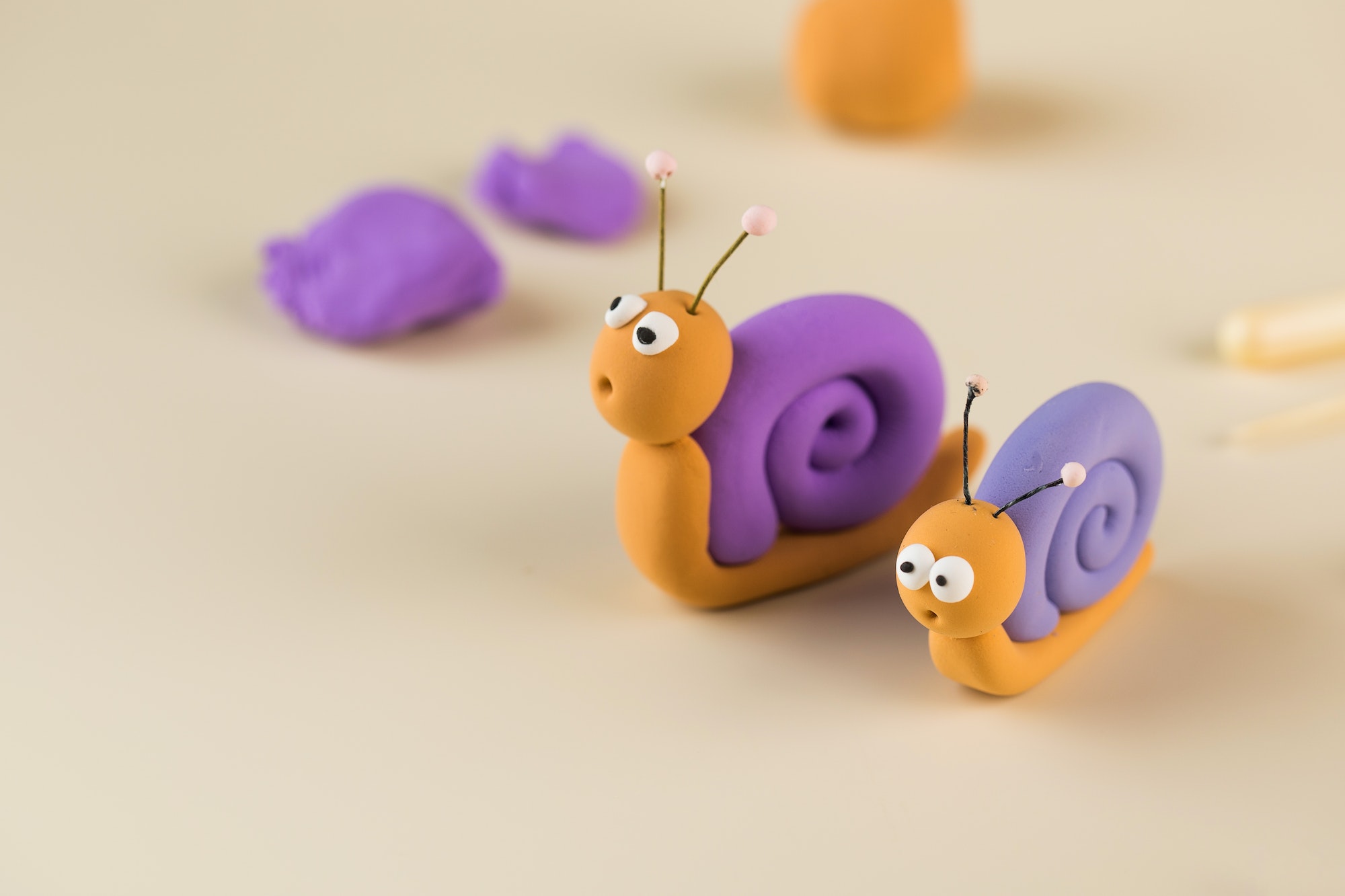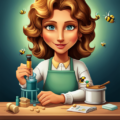Oil-based clay, also known as plasticine, is a versatile and popular sculpting material used by artists, hobbyists, and professionals alike. It has a unique set of characteristics that make it ideal for various sculpting projects. In this article, we will discuss the properties of oil-based clay and explore the different types of clay available for sculpting.
Oil-Based Clay: Description and Characteristics
Oil-based clay is a non-hardening, reusable clay that remains soft and pliable at room temperature. It is made from a combination of oils, waxes, and clay minerals. The most common type of oil-based clay is plasticine, which was invented in 1897 by William Harbutt.
The primary advantage of oil-based clay is its indefinite workability. It does not dry out or harden with exposure to air, allowing artists to work on their sculptures for extended periods without worrying about the material becoming unworkable. This characteristic makes oil-based clay perfect for creating models, maquettes, or prototypes that require adjustments and refinements over time.
Another benefit of oil-based clay is its ability to hold fine details well. The consistency of the material allows for intricate textures and patterns to be easily sculpted into the surface. Additionally, oil-based clay can be smoothed out with minimal effort using various tools or even just your fingers.
However, there are some drawbacks to using oil-based clay. One major limitation is that it cannot be fired or hardened like other clays, making it unsuitable for creating permanent sculptures. Instead, artists often use oil-based clay to create a mold or model from which they can cast their final sculpture in another material such as bronze or resin.
Furthermore, oil-based clay can be sensitive to temperature changes. In warmer conditions, the material may become too soft and lose its shape; conversely, it may become too hard and brittle in colder temperatures. To counteract this issue, some artists use a combination of oil-based clay with other materials to achieve the desired consistency.
Types of Clay for Sculpting
In addition to oil-based clay, there are several other types of clay available for sculpting, each with its unique properties and applications.
- Water-based clay: Also known as pottery or ceramic clay, water-based clay is composed of natural minerals and requires water to maintain its workability. It dries and hardens when exposed to air and can be fired in a kiln to create permanent sculptures. Water-based clay is ideal for pottery, ceramics, and sculpture projects that require a durable, finished product.
- Polymer clay: Polymer clay is a synthetic sculpting material made from PVC (polyvinyl chloride) and plasticizers. It is soft and pliable at room temperature but can be hardened by baking in a conventional oven. Polymer clay is popular for creating small sculptures, jewelry, and decorative items due to its ability to hold intricate details and its wide range of available colors.
- Air-dry clay: As the name suggests, air-dry clay hardens when exposed to air without the need for firing or baking. It is generally made from a combination of natural minerals and binders, such as paper pulp or cellulose fibers. Air-dry clay is an excellent option for beginners or those who do not have access to a kiln, as it can be used to create lightweight sculptures or decorative pieces that do not require firing.
- Paper clay: Paper clay is a unique type of sculpting material that combines clay minerals with paper fibers. This combination results in a lightweight, strong, and flexible material that can be easily molded and shaped. Paper clay can be fired like traditional ceramic clay or left to air dry, depending on the desired result.
In conclusion, oil-based clay offers several advantages for sculptors due to its workability, ability to hold fine details, and reusability. However, artists should also consider the various other types of clay available when selecting the best material for their specific sculpting project.


